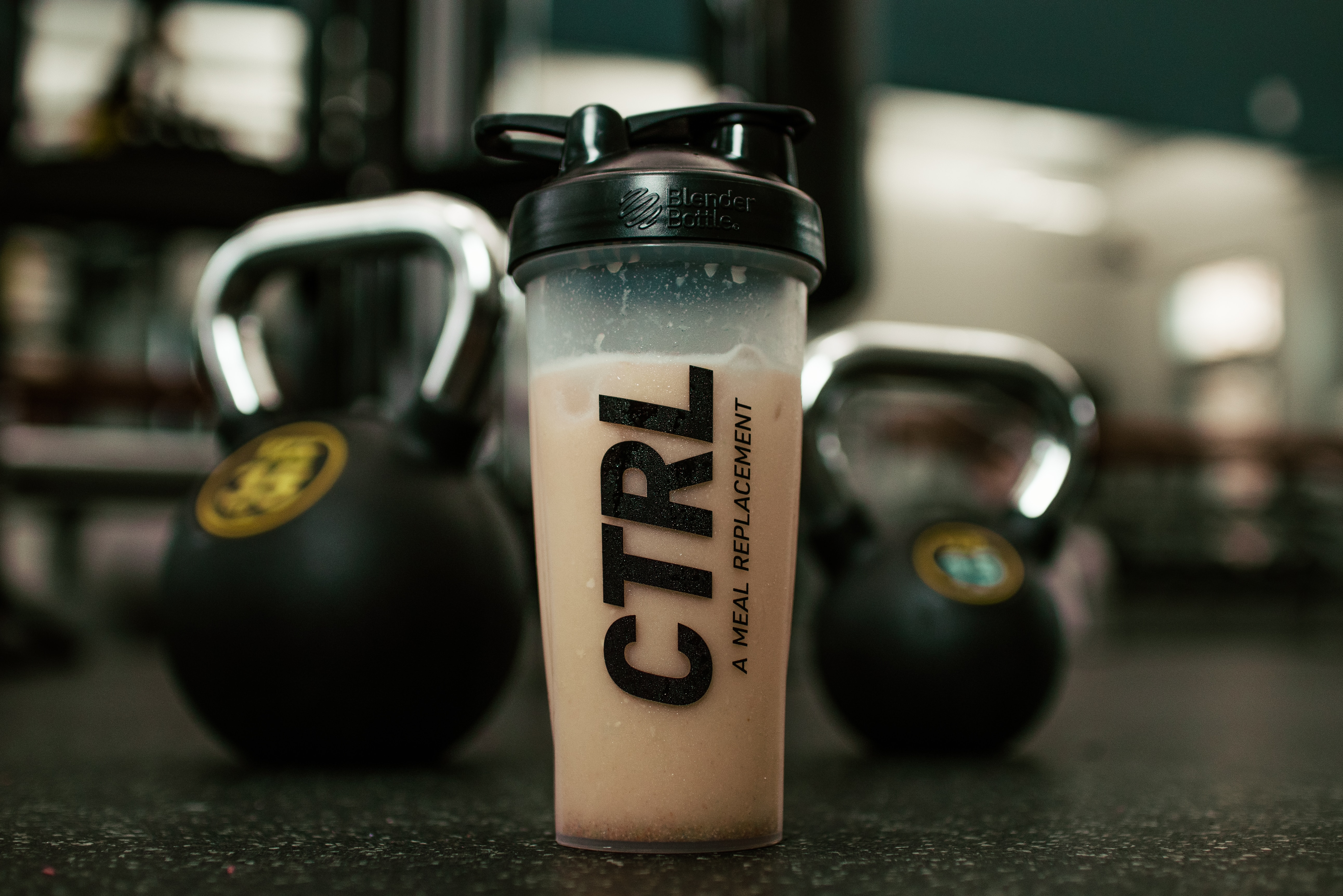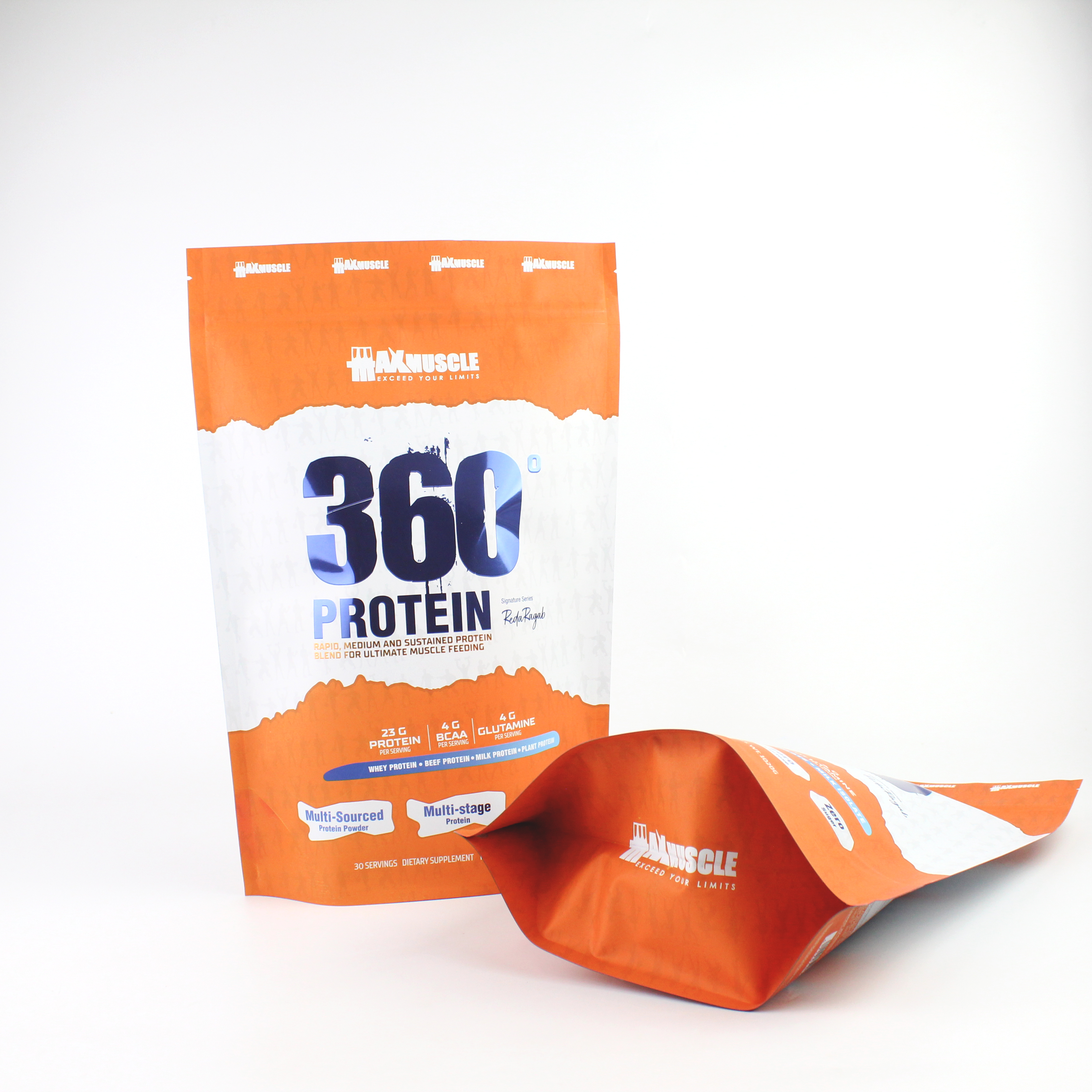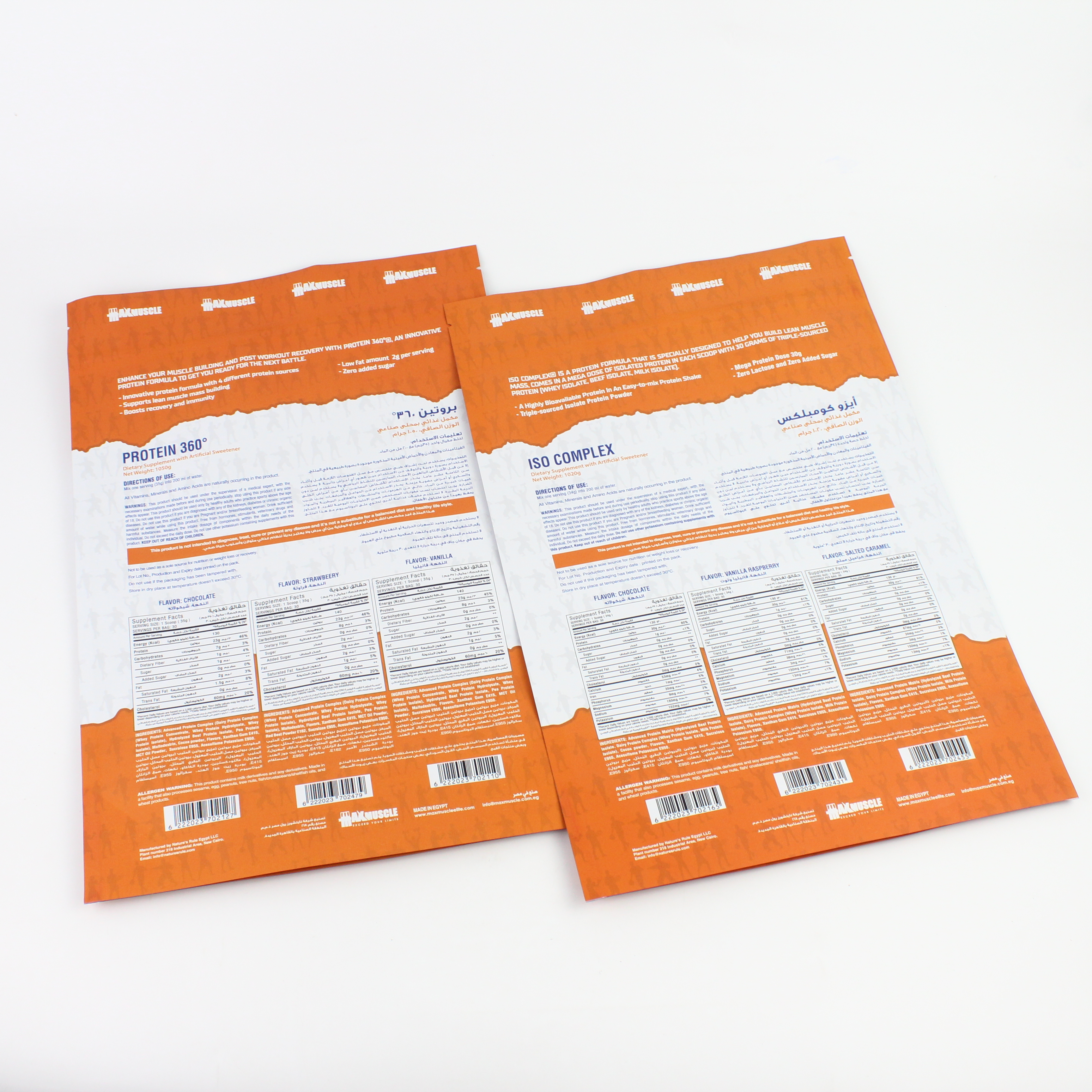Protein powder is a popular dietary supplement among people who are looking to build muscle, lose weight, or increase their protein intake. However, choosing the right packaging for protein powder can be a challenge. There are many different types of packaging available, each with its own pros and cons.
One of the most common types of packaging for protein powder is the plastic jar. Plastic jars are lightweight, durable, and easy to transport. They are also relatively inexpensive, making them a popular choice among manufacturers. However, plastic jars may not be the best option for everyone. They can be difficult to recycle, and some people are concerned about the potential health risks associated with plastic packaging.
Another option for packaging protein powder is the paper bag. Paper bags are eco-friendly and biodegradable, making them a popular choice among environmentally conscious consumers. They are also lightweight and easy to transport. However, paper bags may not be as durable as other types of packaging, and they may not provide as much protection against moisture and air.

Importance of Protein Powder Packaging
Protein powder packaging plays a vital role in ensuring the quality and safety of products. It is essential to choose the right packaging to maintain freshness, flavor, nutrient content of protein powder. Here are some reasons why protein powder packaging is important:
Protection from Moisture and Oxygen
Protein powder is sensitive to moisture and oxygen, which can cause products to degrade over time. Packaging that is impermeable to moisture and oxygen can help spoilage and maintain the quality of protein powder.
Prevents Contamination
Protein powder packaging should be designed to prevent contamination from external sources. The packaging should be sealed to prevent bacteria, dust, and other contaminants from entering the products.
Convenience and Portability
Protein powder packaging should be convenient and portable. It should be easy to open, close, and store. The packaging should also be lightweight and easy to carry, making it ideal for people who are always on the go.
Branding and Marketing
Protein powder packaging plays a vital role in branding and marketing. It is the first thing that customers see when they purchase products. The packaging should be attractive and eye-catching to attract customers.
In conclusion, protein powder packaging is essential in maintaining the quality and safety of products. It protects protein powder from moisture, oxygen, and contamination. It also provides convenience and portability to customers and plays a crucial role in branding and marketing.
Factors to Consider When Choosing Packaging
When it comes to packaging protein powder, there are several factors to consider. Packaging material, durability, sealing, and cost are some of the key factors that can affect the quality and safety of products.
Material Durability
The durability of the packaging material is crucial in ensuring that protein powder is protected from moisture, light, and oxygen. The most common packaging materials for protein powder are plastic, paper, and metal. Plastic is the most popular choice due to its flexibility and low cost. However, it can be easily punctured, which can lead to contamination. Paper is a more eco-friendly option, but it is not as durable as plastic. Metal is the most durable option, but it can be expensive and difficult to recycle.
Sealing
The sealing of the packaging is also important in preventing contamination and preserving the quality of protein powder. There are several types of seals available, including heat-sealed, zip-lock, and screw-top seals. Heat-sealed packaging is the most common and provides an airtight seal, but it can be difficult to open. Zip-lock seals are convenient for resealing the packaging, but they are not as secure as heat-sealed packaging. Screw-top seals are easy to open and close, but they may not provide an airtight seal.
In summary, packaging material, durability, and sealing are important factors to consider when choosing the best packaging for protein powder. It is important to choose a packaging option that provides adequate protection, preserves the quality of products, and is cost-effective and sustainable.
Post time: Sep-04-2023







